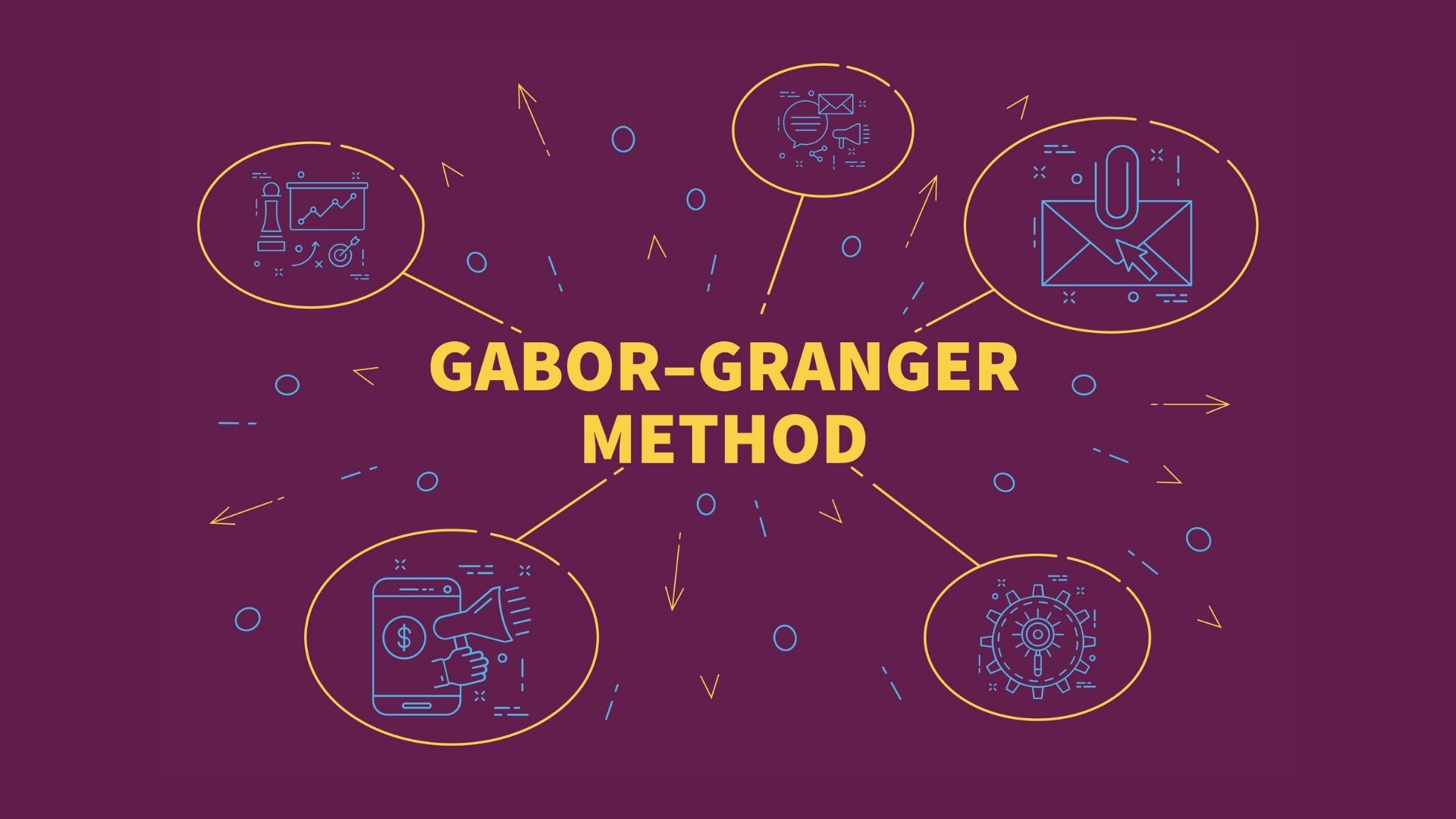Most businesses are flying blind when it comes to understanding their customers. Sure, they might send out the occasional survey or look at some sales numbers, but that’s like trying to understand a movie by only reading the box office receipts.
That’s where qualitative market research comes in, and it’s probably not what most people think it is. It’s not about fancy charts or statistical models. It’s about having real conversations with real people to figure out what’s actually going on in their heads when they’re deciding whether to buy something or go with a competitor.
What Exactly Is Qualitative Market Research?
Picture this scenario: someone spends $6 on coffee when they could make it at home for 50 cents. There’s always a reason, but it’s usually not logical.
Maybe that coffee shop makes them feel sophisticated. Maybe the barista remembers their name. Maybe it’s their daily escape from a stressful job. Whatever it is, a survey asking “How likely are you to recommend this coffee shop?” isn’t going to capture it.
Qualitative market research is about digging into those messy, complicated, very human reasons behind what people do. Instead of asking 1,000 people to rate something on a scale of 1-10, researchers might spend an hour talking to 10 people about their actual experiences.
The difference between this and quantitative market research is like the difference between reading someone’s diary and looking at their credit card statement. Both tell a story, but one gives the real emotions and motivations behind the actions.
How This Stuff Works in Practice
It works like this.
Sitting Down and Actually Talking to People
The most straightforward approach involves in-depth conversations with individual customers. But these aren’t typical Q&A sessions.
A skilled interviewer will start with something broad like “Tell me about the last time you bought shoes,” and then follow wherever that conversation leads. They might discover that this person always shops online because they’re embarrassed about their shoe size. That’s the kind of insight that could completely change how a shoe company thinks about its marketing.
Getting People Together
Focus groups bring together small groups of people to discuss products or services. The magic happens in how people bounce ideas off each other.
Someone might say they love a product’s packaging, and then someone else chimes in with “Oh, but it’s impossible to open!” Suddenly, there’s a conversation going about functionality versus aesthetics that wouldn’t emerge from individual interviews.
Watching What People Actually Do
Here’s something interesting: people are terrible at predicting their own behavior. They’ll claim they always read product reviews before buying, then researchers watch them in a store and see them grab the first thing that catches their eye.
That’s why some researchers just observe people in their natural habitat. They might follow someone through their morning routine to understand how a new breakfast product would actually fit into their life, or sit in a store to see how people really shop.
Getting the Scoop Online
These days, much of this research happens online. Researchers can set up private groups where people share their thoughts over weeks or months. It’s like having ongoing conversations with customers without the logistics of bringing everyone to the same location.
Why This Matters More Than Most People Think
The reality is simple: the most successful companies are the ones that really understand their customers, not just their customer data.
Take Apple as an example. They didn’t become a trillion-dollar company because they had the best technical specifications. They succeeded because they understood that people wanted technology that felt simple and made them feel creative or productive, or connected.
Those kinds of insights don’t come from spreadsheets. They come from understanding the stories people tell themselves about why they buy what they buy.
Figuring out how to do market research for a startup becomes even more critical. New businesses don’t have the luxury of making expensive mistakes. They need to understand their market deeply before investing serious money in product development or marketing.
Different Flavors of Getting to Know Customers
| What’s Being Done | Small Group Approach | Big Numbers Approach |
| How many people | 5-30 real conversations | Hundreds or thousands |
| What gets learned | Why do people do things | What people do |
| How long it take | Weeks to really dig deep | Can be quick to collect |
| What it costs | More per person, less overall | Less per person, more overall |
| Best for | New ideas, understanding problems | Measuring and tracking trends |
Real Examples of How This Plays Out
We can use qualitative market research for many situations.
Making Better Products
A kitchen appliance company was struggling with low sales of its new blender. The specs were great, the price was competitive, but nobody was buying.
Through qualitative research, they discovered that people weren’t actually looking for more power or features. They were intimidated by the complexity. Most people just wanted to make smoothies, but the product felt like it required an engineering degree to operate.
One design change – simplifying the controls – increased sales by 40%.
Talking to Customers in Their Language
A financial services company kept talking about “wealth management solutions” in their marketing. Sounds professional, right?
But when they actually talked to their target customers, they discovered that phrase made people feel excluded. These customers didn’t think of themselves as wealthy – they just wanted help managing their money better.
Changing the language to “money management help” dramatically improved response rates.
Fixing the Customer Experience
Sometimes the biggest insights come from just watching people try to use a product or service. One retail company discovered that customers were abandoning their online shopping carts not because of price, but because the checkout process was confusing.
A few conversations with frustrated customers revealed where people were getting stuck, leading to simple changes that increased online sales by 25%.
Getting Started Without Breaking the Bank
For those wondering how to do market research for a small business, the good news is that qualitative research can be surprisingly accessible. It doesn’t require a massive budget or a team of researchers.
Starting simple works best: having coffee with five of the best customers and asking them to share their experience with the business. Listening to their stories and paying attention to the language they use and the problems they mention often reveals surprising insights.
The importance of market research becomes clear pretty quickly when these conversations start happening. Business owners discover things about their company that they never knew, and they start seeing patterns in what customers really care about.
Questions That Actually Get People Talking
The art of this whole process lies in asking questions that get people talking. Instead of “Do you like our product?” try “Walk me through the last time you used our product.” Instead of “What features do you want?” ask “What’s the most frustrating part of your current solution?”
Good market research questions feel more like conversation starters than interrogations. The goal is to get people comfortable enough to share their real thoughts, not just give the answers they think the researcher wants to hear.
Making Sense of All These Conversations
Here’s where it gets tricky: turning a bunch of conversations into actionable insights. It’s not as straightforward as calculating an average or running a statistical test.
Researchers look for patterns in stories. Maybe three different people mention the same frustration in three different ways. Maybe everyone describes a competitor using similar emotional language.
The best insights often come from reading between the lines. When someone says, “It’s fine, I guess,” they’re usually communicating something important about their experience.
Mixing It Up With Other Research
Smart businesses don’t rely on just one type of research. Primary market research gives fresh insights specific to particular situations, while secondary market research helps understand the broader context and what others have already figured out.
Different types of market research serve different purposes. A company might use qualitative research to understand why customers are leaving, then follow up with a quantitative survey to measure how widespread that problem is.
The benefits of market research multiply when approaches are combined thoughtfully. Qualitative insights can inform better quantitative questions, and quantitative data can help prioritize which qualitative insights to act on first.
When to Call in the Professionals
Sometimes businesses can handle research internally, especially for straightforward questions about existing customers. But there are times when it makes sense to bring in experts who do this for a living.
Professional researchers know how to ask follow-up questions that reveal deeper insights. They’re trained to spot patterns across conversations and translate those patterns into business strategy. Most importantly, they can stay objective when business owners might be too close to their own company to hear what customers are really saying.
When dealing with sensitive topics, exploring new markets, or making major strategic decisions, professional qualitative research can prevent expensive mistakes.
Stop Guessing What Your Customers Want
At MainBrain Research, businesses get help having the right conversations with the right people to uncover insights that actually matter for the bottom line. The focus is on getting the real story behind customers’ decisions.
MainBrain Research makes qualitative research straightforward and actionable. Discover what customers are really thinking, and your business decisions will never be the same.

















